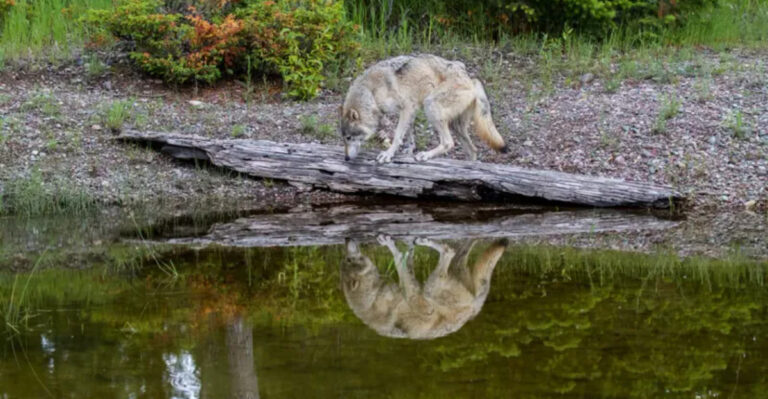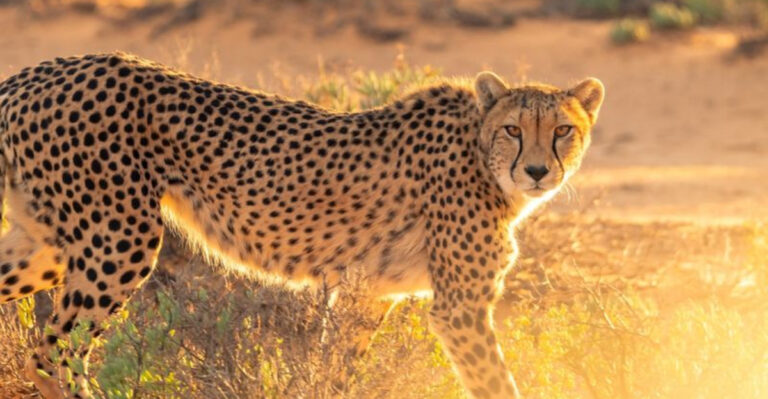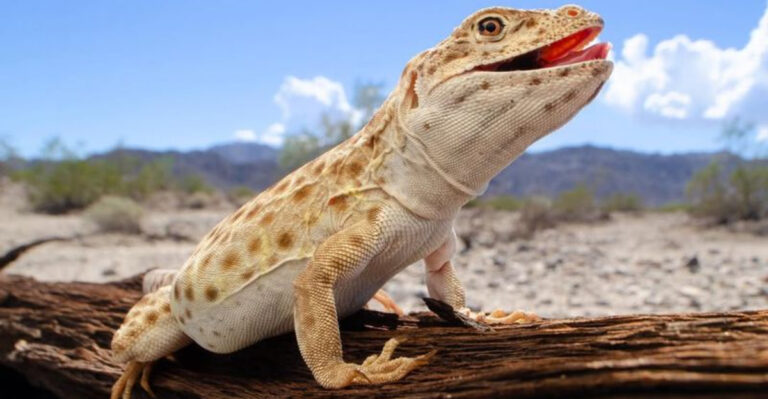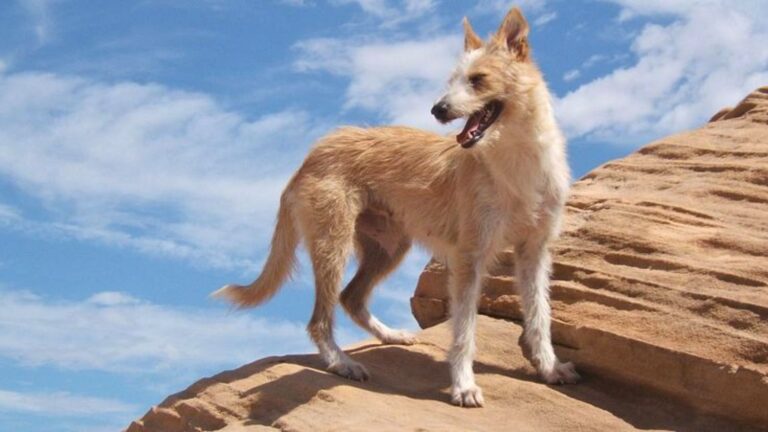14 Wild Animals You Might Spot In U.S. National Parks

America’s national parks are natural sanctuaries where wildlife thrives in protected environments. From the towering mountains to the sprawling deserts, these parks house some of the most fascinating animals in North America.
Grab your binoculars and wildlife guide as we explore incredible creatures you might encounter on your next national park adventure!
1. Grizzly Bears In Yellowstone
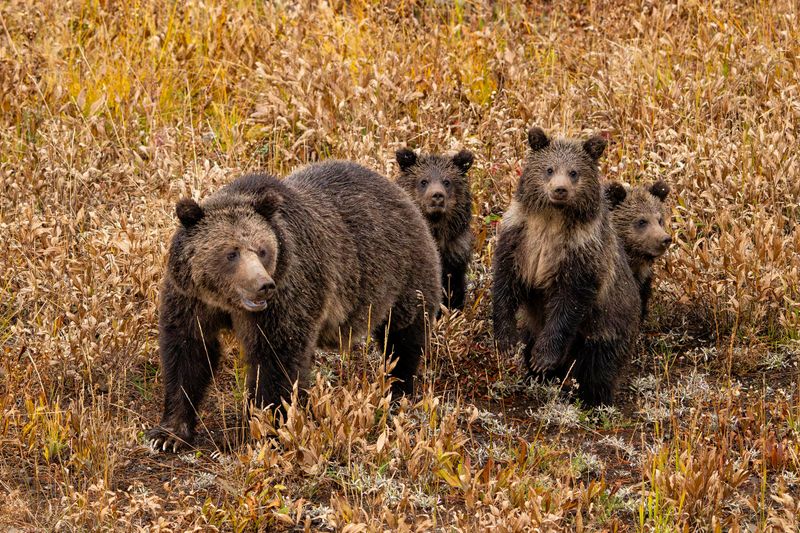
Standing at an impressive 7 feet tall when upright, grizzly bears command respect throughout Yellowstone National Park. These magnificent mammals sport a distinctive shoulder hump and long front claws perfect for digging.
Dawn and dusk offer the best viewing opportunities, particularly in meadows where bears forage for berries and roots. Always maintain a safe distance of at least 100 yards – these powerful creatures deserve both admiration and caution.
2. Bald Eagles At Olympic National Park
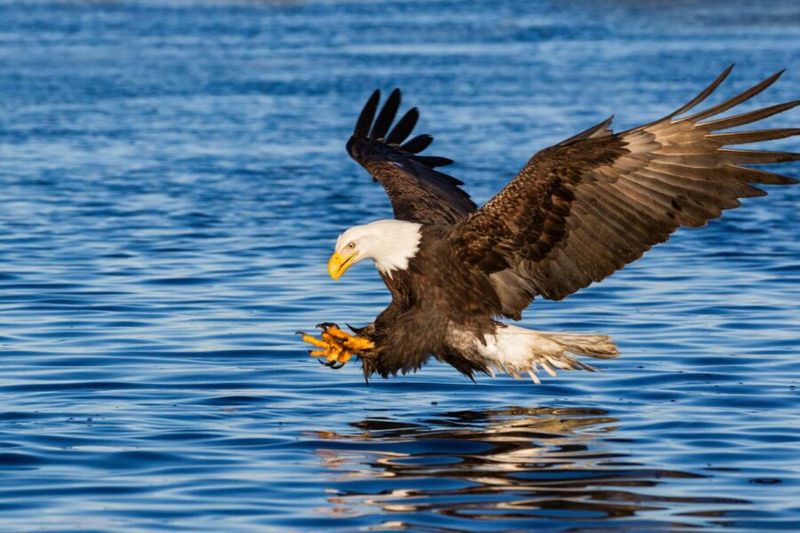
America’s national symbol soars majestically above the forests and coastlines of Olympic National Park. With wingspans reaching up to 7.5 feet, these raptors create an unforgettable silhouette against Washington’s blue skies.
Keen eyes might spot their massive nests high in treetops near lakes and rivers. Winter brings congregations of eagles to the Quinault and Hoh Rivers, where they feast on salmon – a breathtaking display of natural hunting prowess.
3. American Bison In Grand Teton
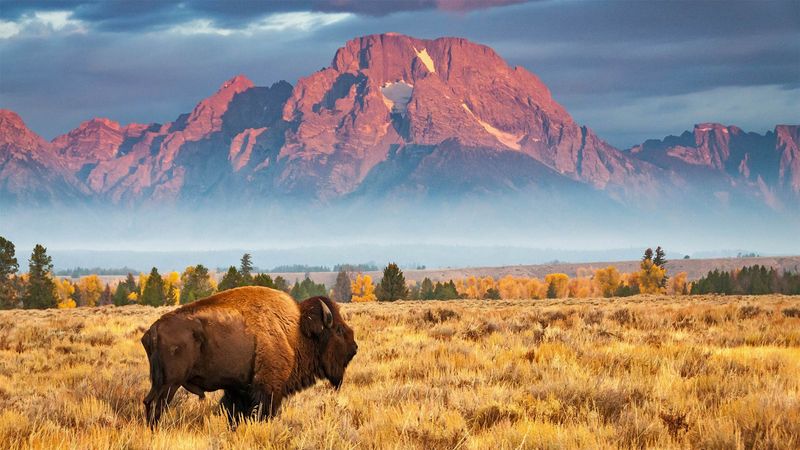
Massive and majestic, American bison roam the sage-covered flats of Grand Teton National Park in Wyoming. These living relics of the Old West can weigh up to 2,000 pounds yet sprint at speeds of 35 mph when necessary.
Morning visits to Antelope Flats or the Gros Ventre River area often reward patient observers with sightings of these woolly giants grazing peacefully. Remember that despite their deceptively calm demeanor, bison are wild animals capable of charging without warning.
4. Mountain Lions In Yosemite
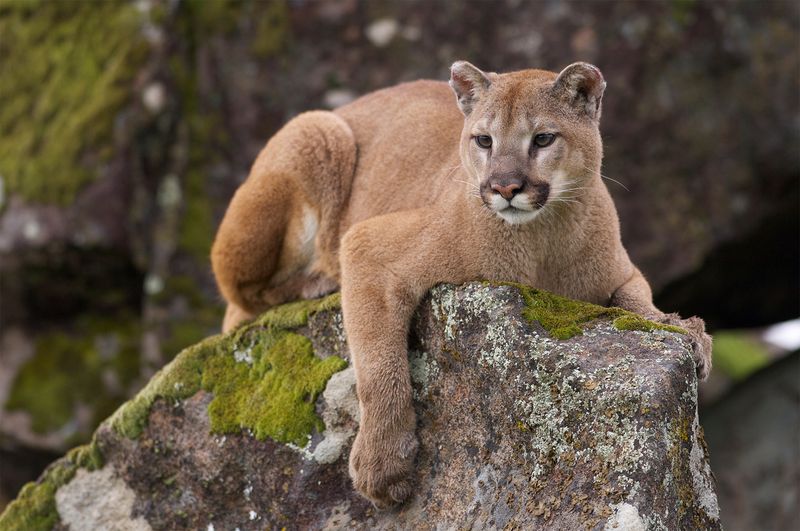
Stealthy and elusive, mountain lions represent one of Yosemite’s most mysterious residents. Also called cougars or pumas, these powerful cats can leap 15 feet vertically and bound 40 feet horizontally in a single jump.
Few visitors ever glimpse these solitary hunters, as they prefer remote areas away from human activity. Their presence is often only revealed through paw prints or trail camera footage. If you’re among the fortunate few to spot one, consider it an extraordinary privilege of perfect timing.
5. Moose In Denali National Park
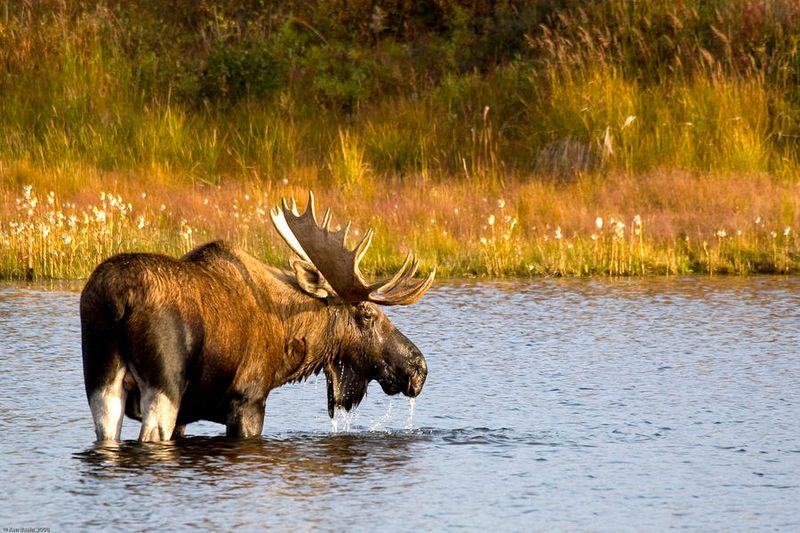
North America’s largest deer species roams the wilderness of Alaska’s Denali National Park. Bull moose sport massive antlers spanning up to 6 feet across, while both genders possess that distinctive drooping nose and shoulder hump.
Surprisingly agile for their size, moose frequently wade into lakes and ponds to feast on aquatic plants. Catching sight of these gangly giants munching on willows or swimming across a pristine lake ranks among Alaska’s most cherished wildlife experiences.
6. Alligators In Everglades

Prehistoric-looking American alligators patrol the waterways of Florida’s Everglades National Park. These ancient reptiles have remained virtually unchanged for millions of years, perfectly adapted to their swampy kingdom.
Sunny days often bring gators out to bask along canal banks or on floating vegetation mats. The Anhinga Trail provides nearly guaranteed sightings year-round. While generally wary of humans, always maintain a respectful distance from these powerful predators who can move surprisingly quickly when motivated.
7. Bighorn Sheep In Rocky Mountain National Park

Gravity-defying bighorn sheep navigate the precipitous cliffs of Rocky Mountain National Park with astonishing ease. Males (rams) display their iconic curved horns that can weigh up to 30 pounds – more than all the bones in their body combined!
Fall brings the dramatic spectacle of rutting season, when rams battle by smashing their horns together at speeds of up to 40 mph. The best viewing spots include Sheep Lakes in spring and early summer, and along Trail Ridge Road near Rock Cut throughout summer months.
8. Gray Wolves In Isle Royale
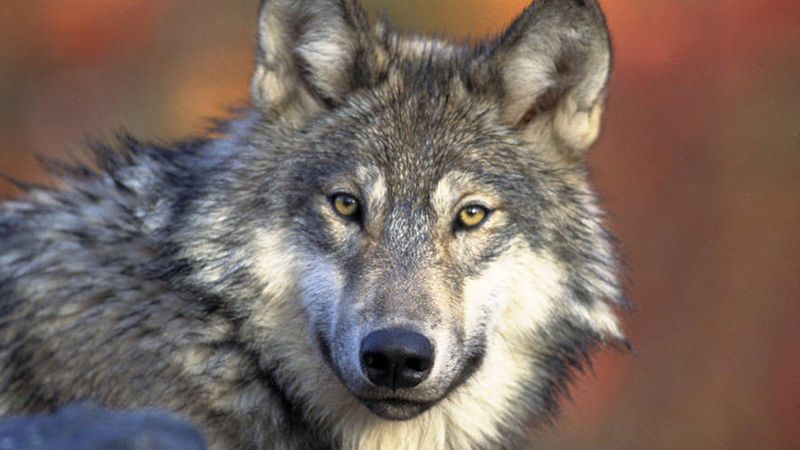
Michigan’s remote Isle Royale National Park hosts one of nature’s longest-running predator-prey studies, focusing on the relationship between wolves and moose. These intelligent canids live in tight-knit family packs, communicating through howls that can carry for miles across the island wilderness.
Wolf sightings remain extremely rare, even for researchers who study them. Their presence is more often detected through tracks, scat, or the haunting sound of their howls echoing through the boreal forest at dawn or dusk.
9. Roosevelt Elk In Olympic National Park
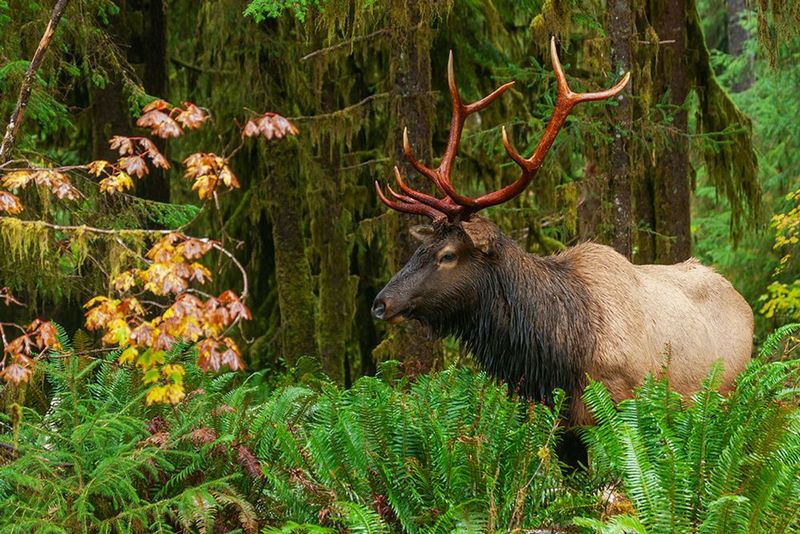
Named after President Theodore Roosevelt, these magnificent elk are the largest subspecies of elk in North America. Bulls can weigh up to 1,100 pounds and sport massive antlers that they shed and regrow annually.
Herds of these impressive mammals graze in meadows and forests throughout Olympic National Park. The Hoh Rain Forest’s visitor center area offers reliable viewing opportunities year-round. During fall rutting season, the haunting bugle calls of bull elk echo through valleys as they compete for mates.
10. Desert Bighorn Sheep In Zion

Masters of Utah’s vertical terrain, desert bighorn sheep scale the seemingly impossible sandstone cliffs of Zion National Park. Their specialized hooves feature soft, grippy centers surrounded by hard rims – nature’s perfect rock-climbing shoes.
Unlike their Rocky Mountain cousins, these desert specialists have adapted to survive with minimal water. Patient hikers along the Watchman Trail or Zion-Mount Carmel Highway might spot these agile climbers navigating ledges that would make experienced human climbers nervous.
11. Black Bears In Great Smoky Mountains
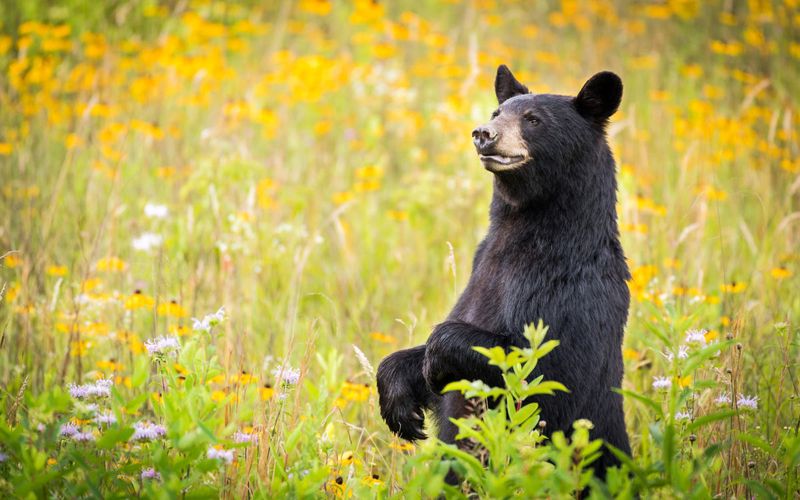
Approximately 1,900 black bears roam the forested ridges of Great Smoky Mountains National Park – nearly two bears per square mile! Despite their name, these bears can be brown, cinnamon, or even blonde in color.
Excellent climbers and swimmers, black bears spend much of spring foraging for berries and nuts. Cades Cove and Roaring Fork Motor Nature Trail offer some of the best viewing opportunities. Remember that fed bears become dead bears – never approach or offer food to these wild animals.
12. Sea Otters At Channel Islands
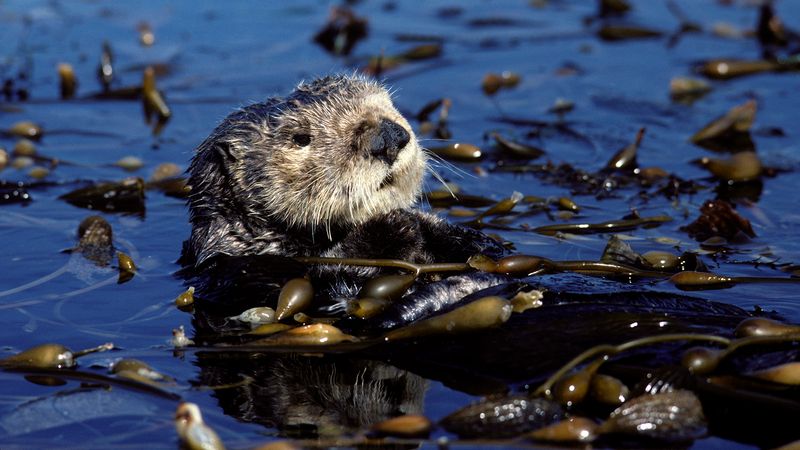
Wrapped in the densest fur of any animal (up to one million hairs per square inch), sea otters frolic in the kelp forests surrounding California’s Channel Islands National Park. These playful marine mammals float on their backs, using their bellies as dining tables while cracking open shellfish with rocks.
Kayaking near Santa Cruz Island offers chances to observe these charismatic creatures. Conservation success has helped their numbers rebound after being hunted to near extinction for their luxurious fur during the 1800s and early 1900s.
13. Pronghorn In Yellowstone
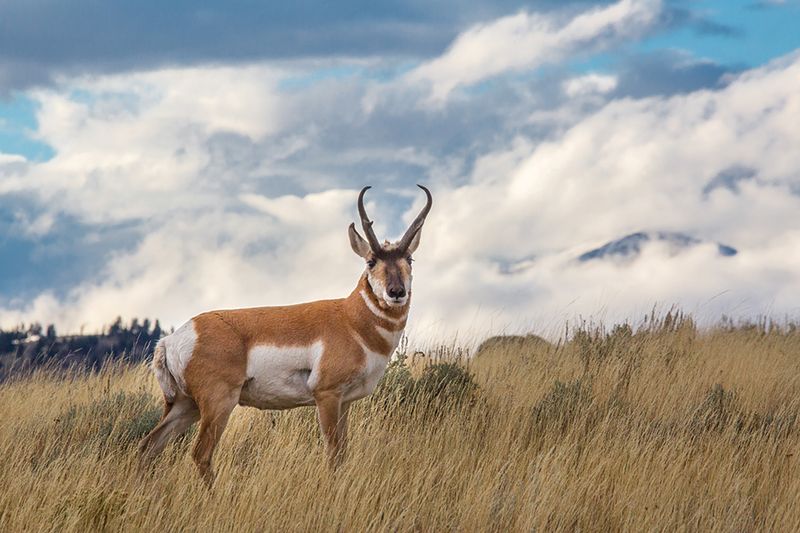
Often mistakenly called antelope, pronghorn are uniquely North American and hold the title of fastest land animal on the continent. These tan and white speedsters can maintain 35 mph for miles and reach bursts of 55 mph when necessary.
Lamar Valley provides excellent viewing opportunities of these prairie racers. Unlike deer or elk, pronghorn don’t jump fences – they crawl under them! Both males and females grow horns (not antlers), though the females’ are much smaller.
14. Mountain Goats In Glacier National Park

Sporting shaggy white coats and pointed horns, mountain goats are the undisputed kings and queens of high-altitude terrain in Glacier National Park. Their specialized hooves feature soft, grippy pads surrounded by sharp edges – perfect for navigating precarious ledges.
The Hidden Lake Overlook and Highline Trail offer reliable viewing opportunities during summer months. Watch in amazement as kids (baby goats) frolic on slopes that would terrify most humans. Despite their name, they’re actually not true goats but belong to their own genus.

